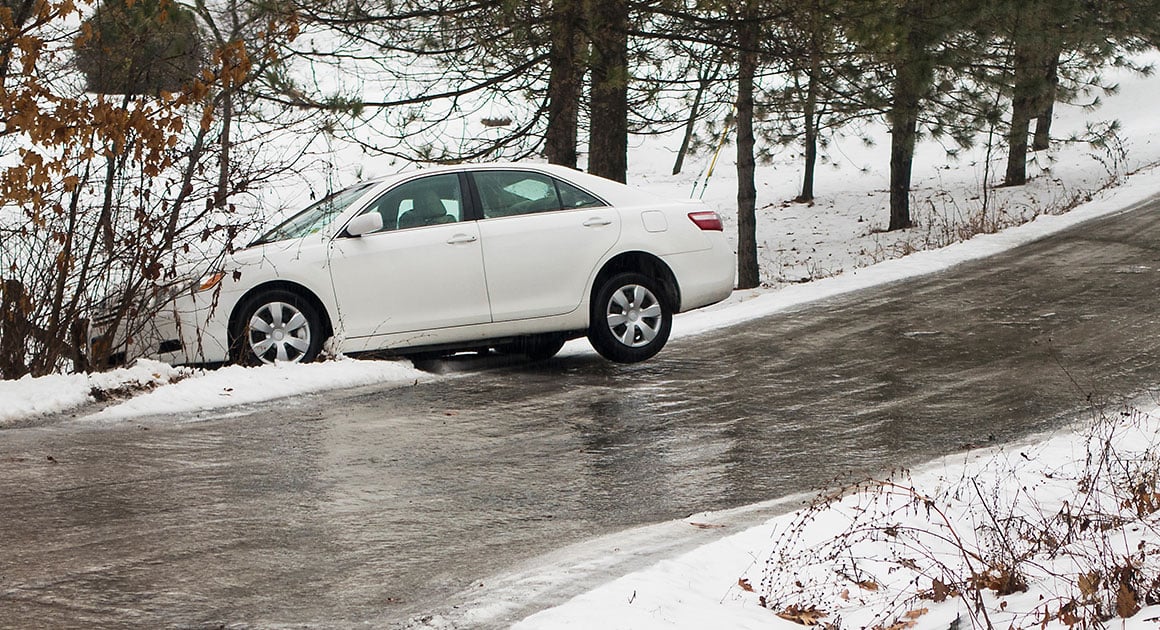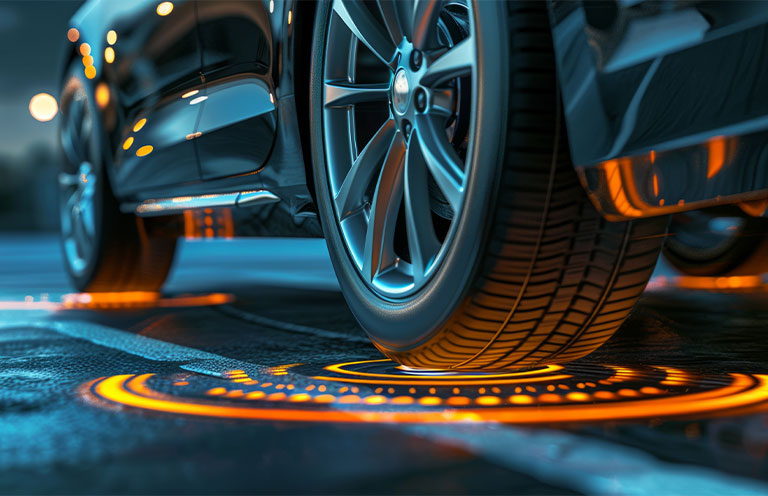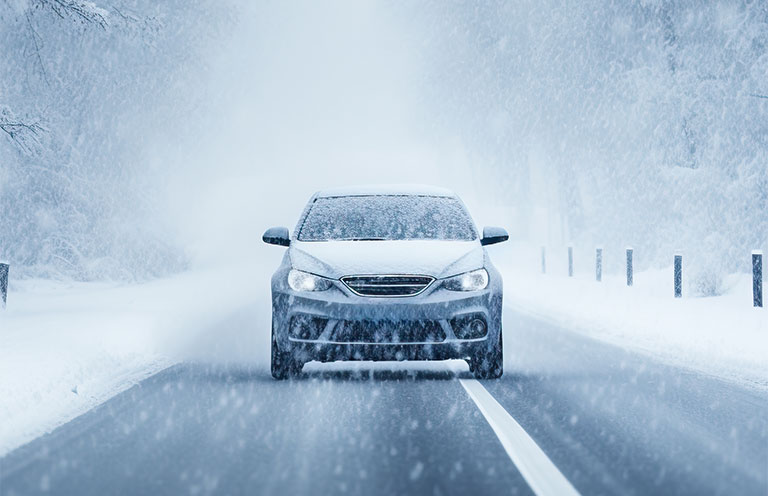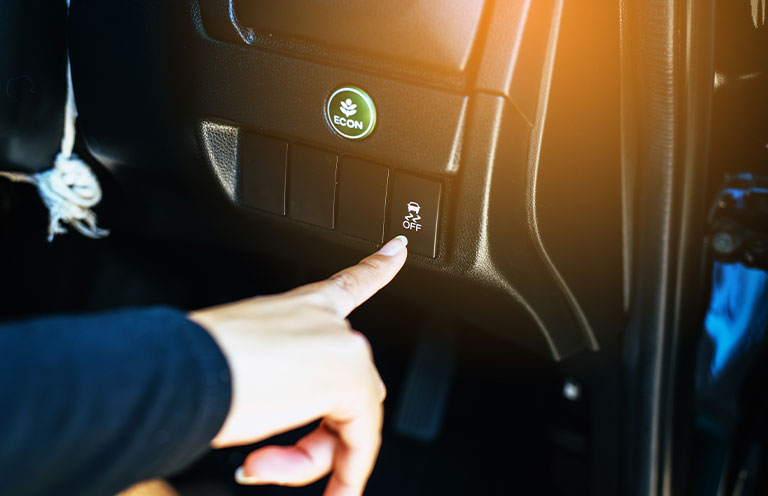How Your Car’s Electronic Stability Control (ESC) Saves Lives
A look at how the lifesaving technology of ESC is the most important safety innovation since the invention of the seatbelt


Electronic Stability Control (ESC) has been called the most important safety device since seatbelts, but many—if not most—motorists are unaware of what this modern vehicle technology actually does. This, despite the fact that since the 2012 model year, ESC has been required on all cars. This mandate was adopted after numerous studies conducted before 2010 had found ESC to be a lifesaver. A later study conducted by the National Highway Traffic Safety Administration confirmed these earlier findings. It found that between 2011 and 2015, ESC saved more than 7,000 lives.
Even if your car predates 2012, it might still have ESC. Originally a costly option on luxury cars, its price came down between 2000 and 2011, and the number of makes and models offering it optionally grew to include many mass-market vehicles.
One reason for the continued lack of awareness surrounding ESC is that it goes by different names. Honda, for example, calls the system Vehicle Stability Assist (VSA). General Motors calls it StabiliTrak. Subaru has named it Vehicle Dynamics Control (VDC). And Ford labels it AdvanceTrac. If your car has any of these systems, you have this safety technology.

What is ESC, and how does ESC work?
ESC works by tracking data from numerous vehicle sensors as often as 25 times per second. It compares the driver’s intended route to the path of travel that the car is actually taking. If there is a discrepancy, ESC steps in to help keep the car going where the driver wants it to go.
In these interventions, ESC can slow the car by overriding the driver and backing off the gas pedal. It can also apply the brakes. However, when it comes to braking, ESC can do something not even a highly skilled driver can do: It can apply the brakes at just one wheel, and it knows which wheel to brake in an effort restore vehicle control.
A car with ESC is much less likely to spin out of control or plow nose first to the outside of a corner, which could lead to hitting a guardrail or leaving the road. Some vehicles combine ESC with Roll Stability Control, which counters the tendency of some taller vehicles, such as trucks and SUVs, to roll over when a driver enters a corner too quickly.

When should you turn off your car’s ESC?
If ESC is so good, why do automakers allow you to turn it off? It turns out that there are circumstances when ESC can work against you. If you are stopped on a very slippery surface and want to get going, for example, ESC can keep your car from moving. This happens when its traction control function stops a wheel that should be delivering power to the road from spinning. That can keep the car from moving. Turning ESC off allows some wheel spin, which could get you going.
ESC can also work against a driver who is stuck in snow, in mud, or on ice, and wants to free the car by rocking it back and forth. In addition, a little wheel slip can also be useful in deep snow when using snow chains. All of these circumstances make the ability to turn off ESC a useful option.

How do you turn your car’s ESC back on?
Once underway, however, turn ESC back on. This is done by using the ESC button that is usually on the instrument panel or the center console. In most cars, pushing the button once turns ESC off and triggers a warning light. Push the button again to turn ESC back on.
The ESC warning light will also illuminate in most cars to alert a driver that the system has been activated. This provides a visual warning that the driver has pushed the car up to—and perhaps even slightly beyond—its handling limits. The solution under these circumstances is to slow down.
One final note on ESC: While it can enhance a driver’s control in a difficult situation, it does not repeal the laws of physics. It is still possible to lose control of a vehicle with ESC, so drive sensibly.
